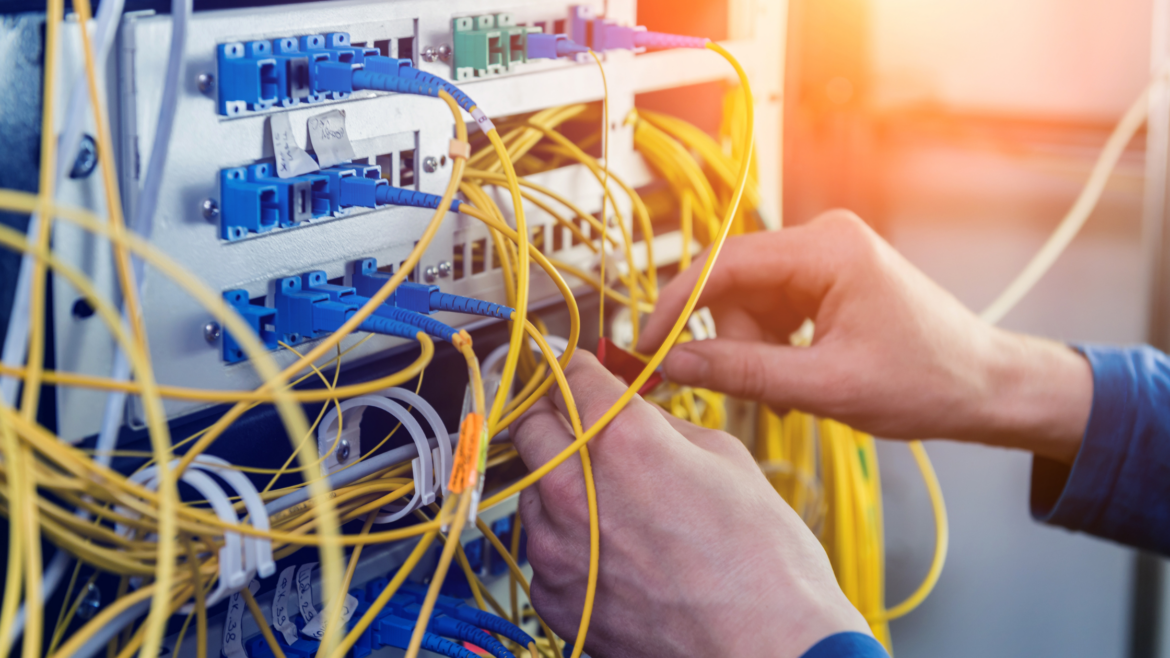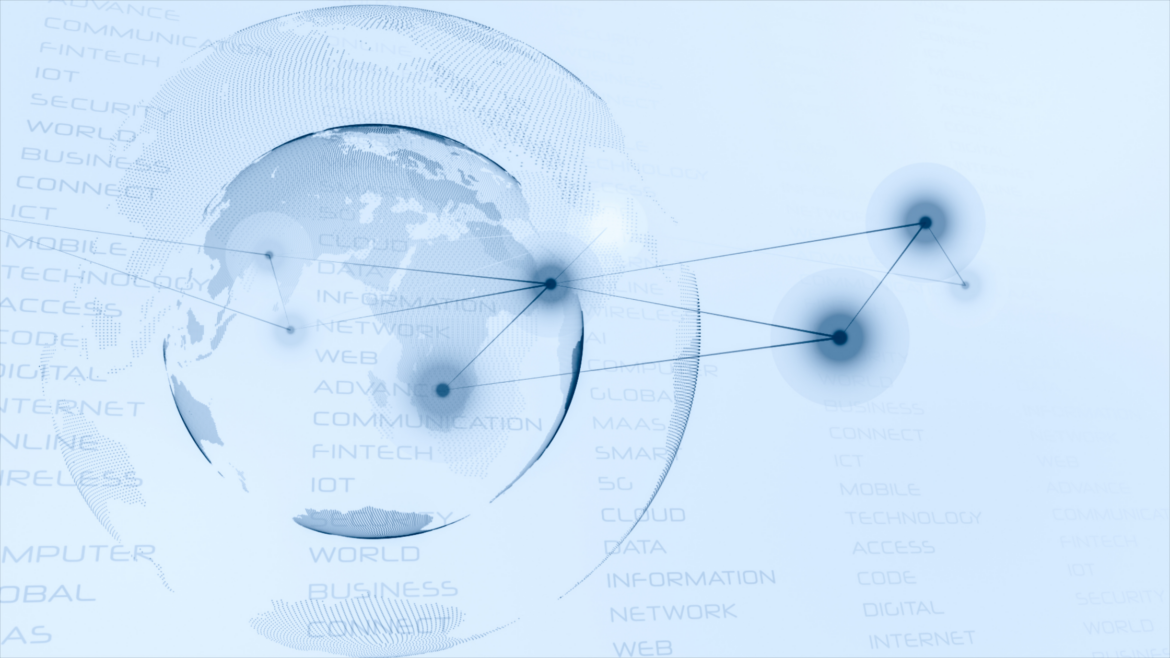In our hyper-connected world, the telecommunications industry stands as a pillar of global connectivity. It enables communication, facilitates commerce, and fosters innovation on a scale never seen before. Yet, beneath the seamless communication and convenience it offers, there lies a pressing issue: the industry’s voracious appetite for energy. As one of the largest consumers of
Telecommunications networks serve as the backbone of modern society, facilitating communication, data transfer, and connectivity on a global scale. As the demand for seamless, high-speed connectivity grows, the importance of robust telecom infrastructure becomes increasingly critical. Transforming Passive and Active Infrastructure with AI Telecom networks comprise both passive and active infrastructure elements, such as cell
A cellular network is a network of handheld mobile phones (cell phones) in which each phone communicates with the telephone network by radio waves through a local antenna at a cellular base station (cell site). Energy efficiency (EE) challenges are a way for individuals, businesses, and communities to measure their energy use and make changes to reduce their consumption by AI supported software
In the ever-evolving landscape of technology, two formidable forces have emerged as the driving catalysts for innovation: 5G and Artificial Intelligence (AI). These two pillars, distinct in their own right, are profoundly intertwined, relying on each other for mutual growth and development. The synergy between 5G technology and AI/ML (Machine Learning) is not only reshaping
In the age of digital transformation, LTE networks stand as the backbone of our connected world. For Communication Service Providers (CSPs), ensuring the seamless operation of these networks is more than just a necessity—it’s a competitive imperative. With the ever-growing demand for instantaneous data transfer and uninterrupted connectivity, the challenges faced by CSPs are
Our Chief Technology Officer, the visionary Mehmet Beyaz,PhD, has recently unveiled an insightful paper titled “Natural Language Processing: An Overview.” This illuminating work is set to reshape our perception of NLP, unveiling the path to the future of artificial intelligence and human-computer interactions. A New Horizon in NLP: At the core of this journey lies
Blockchain technology is revolutionizing how data is stored, shared, and secured. It operates on a decentralized and distributed ledger system that ensures transparency, immutability, and trust. The technology’s significance extends far beyond cryptocurrency, impacting industries such as finance, supply chain management, healthcare, and more. In our previous two articles, we embarked on a journey to
In the ever-evolving landscape of digital innovation, understanding the intricate workings of blockchain technology is paramount. While we’ve already delved into the fundamental aspects and benefits of blockchain, there’s another layer to this revolutionary technology that demands our attention: the blockchain networks. These networks are the backbone of blockchain technology, and comprehending their various types
Top News
The “Satellite Services Consultancy Agreement” between #Türksat A.Ş AND TTG International was signed by Dr. Selman Demirel, Deputy General Manager of Satellite Services, and Emine Beyaz, CEO of TTG International,
The “Satellite Services Consultancy Agreement” between #Türksat A.Ş AND TTG International was signed by Dr. Selman Demirel, Deputy General Manager of Satellite Services, and Emine Beyaz, CEO of TTG International, ...According to the results of the research, TTG Int. once again has been among the Turkey 2021 Top 500 IT companies.
TTG International is a company that provides its clients with advanced technology solutions to help them grow their business. They have been recognized as one of the top 500 IT companies in Turkey and are proud to be among the future-oriented companies driving innovation in Turkey. ...AR-GE 250
TTG International LTD has once again proved its research and developer spirit in genetics by taking part in two major research conducted throughout Turkey within the scope of its R&D studies in the field of telecommunications and IT management software (OSS) and its 2021 activities. According to the research prepared by Turkishtime on &#...Türk Telekom’dan yerli şebeke gözlem platformu
Haberleşme Teknolojileri Kümelenmesi (HTK) firmalarından TTG International’ın, Türk Telekom mühendislerinin de desteğiyle geliştirdiği GEMS-FAMAN platformu, Türk Telekom şebekesinde ticari olarak kullanılmaya başlandı İSTANBUL (AA) – Türk Telekom, müşterilerine yüksek performanslı şebeke servisleri sunmak üzere GEMS-FAMAN Platformu̵...










